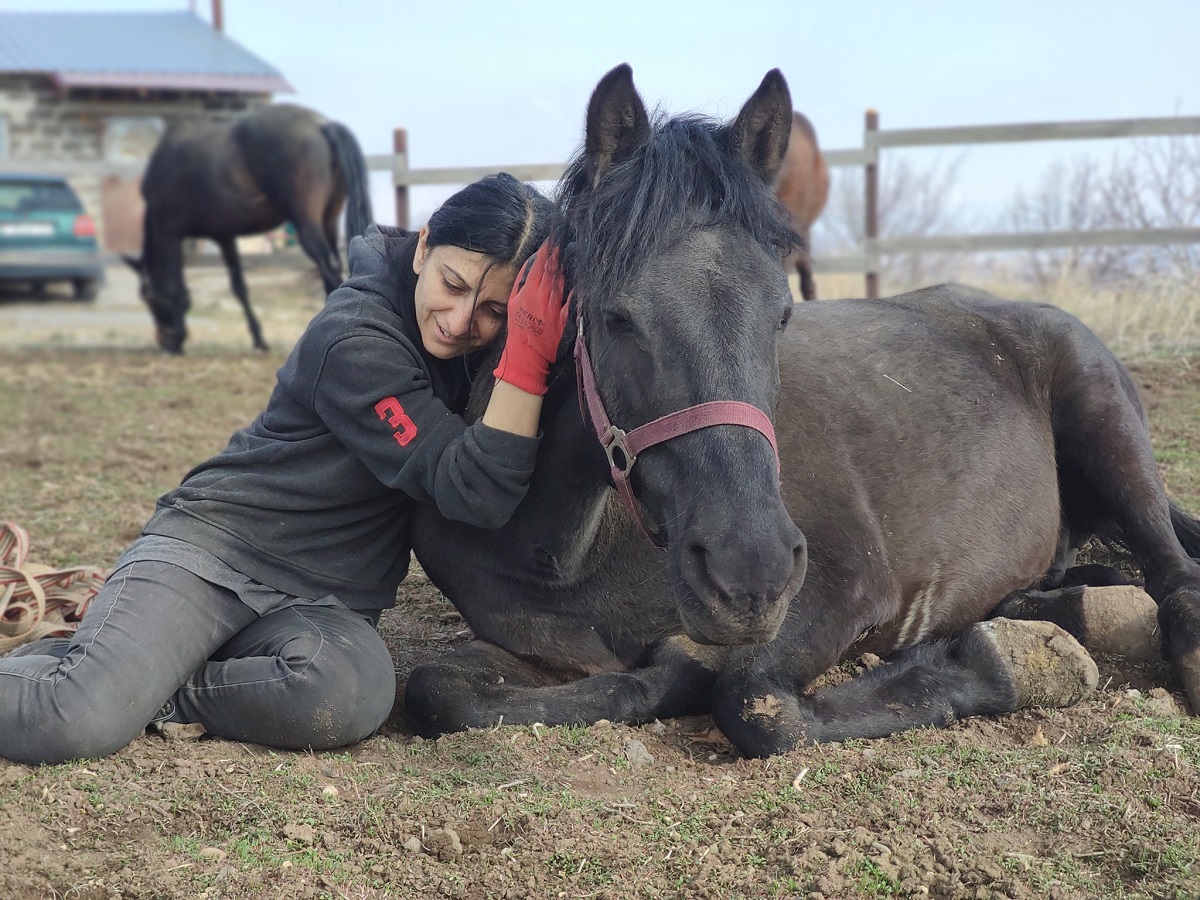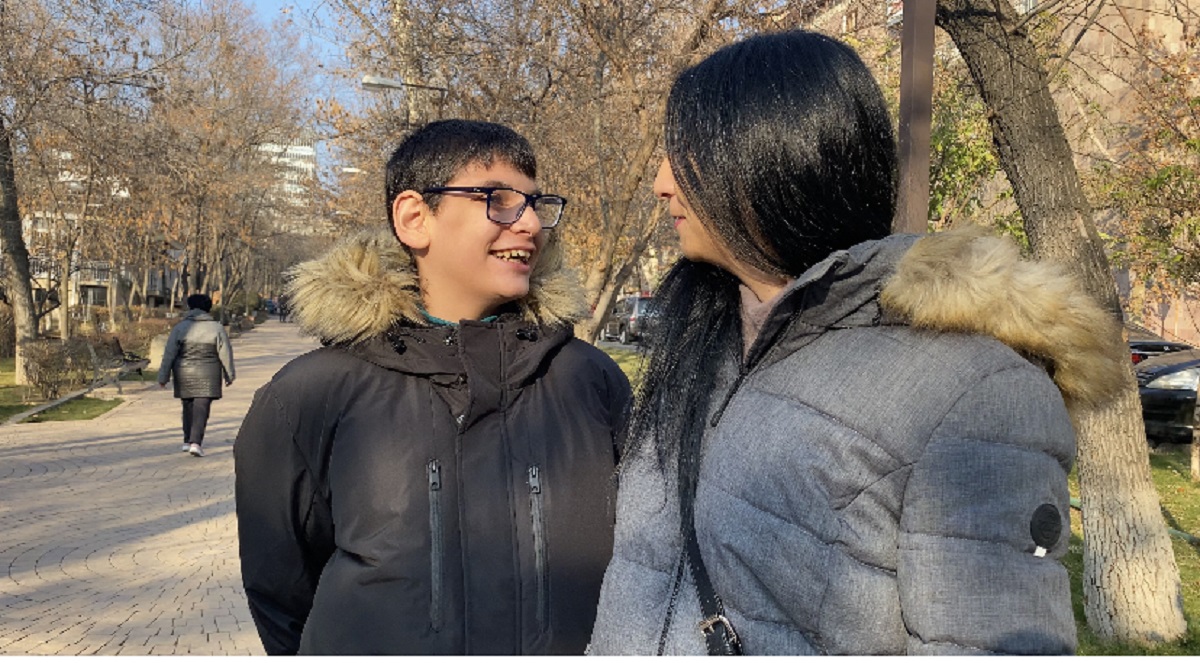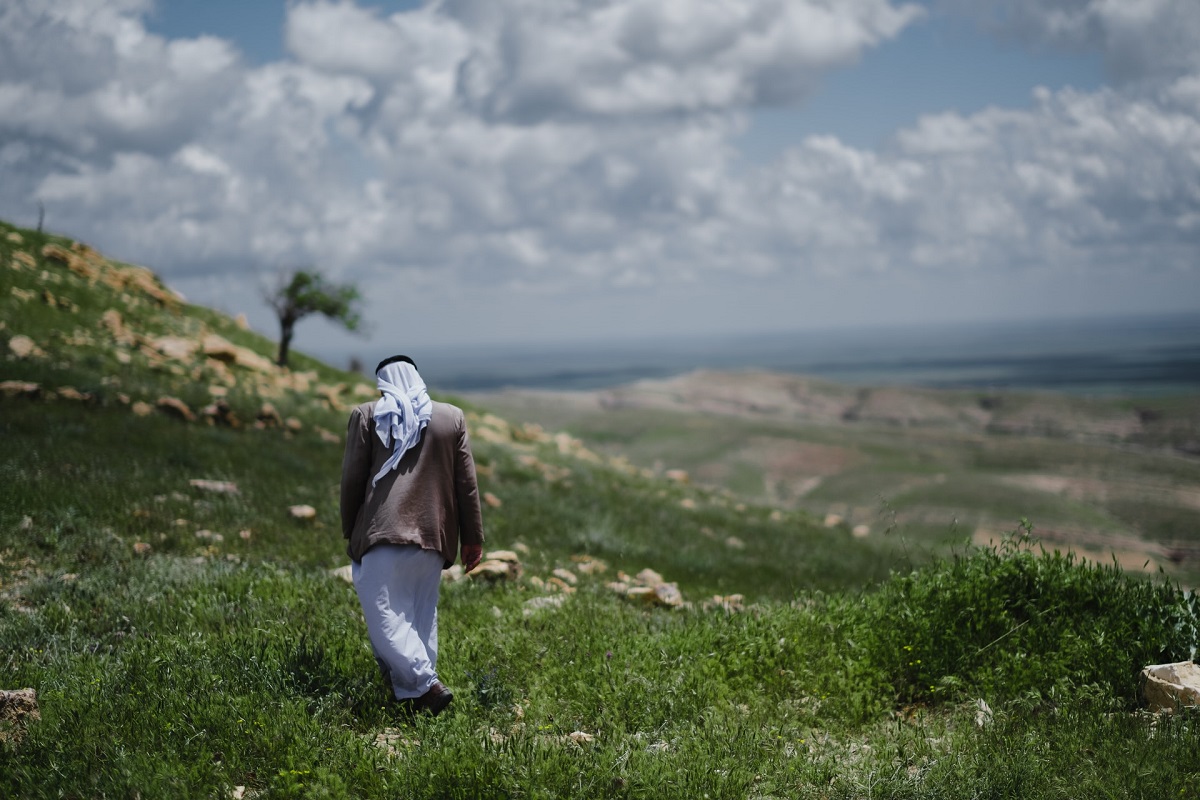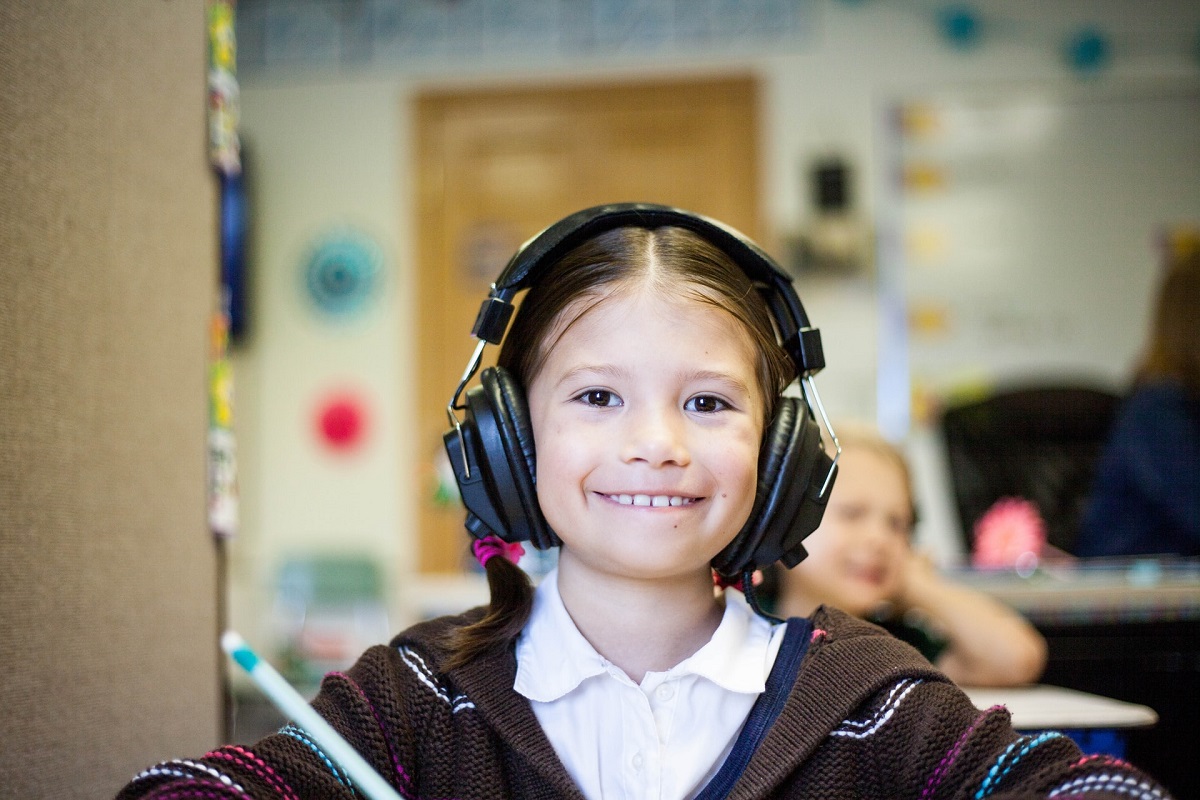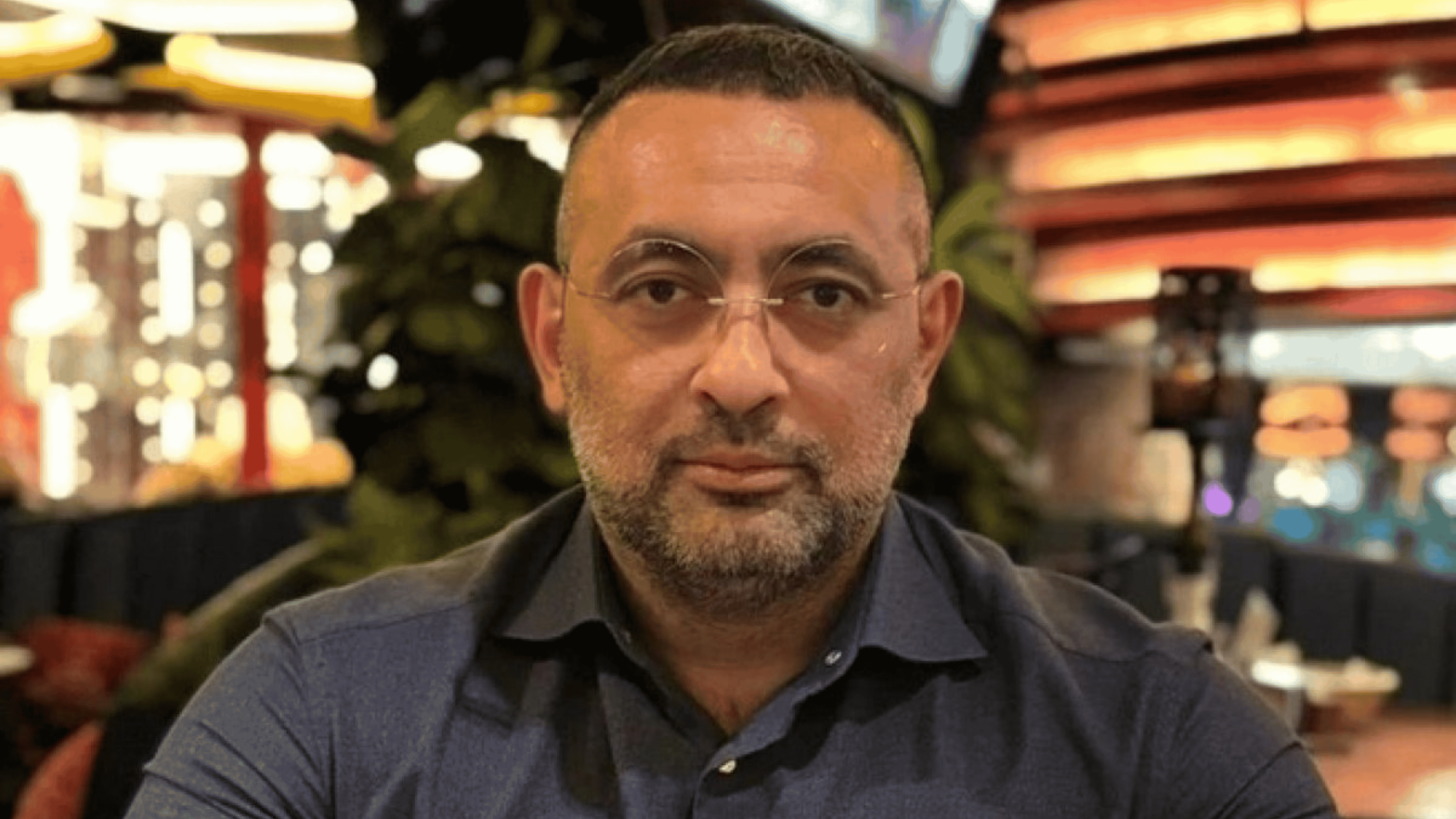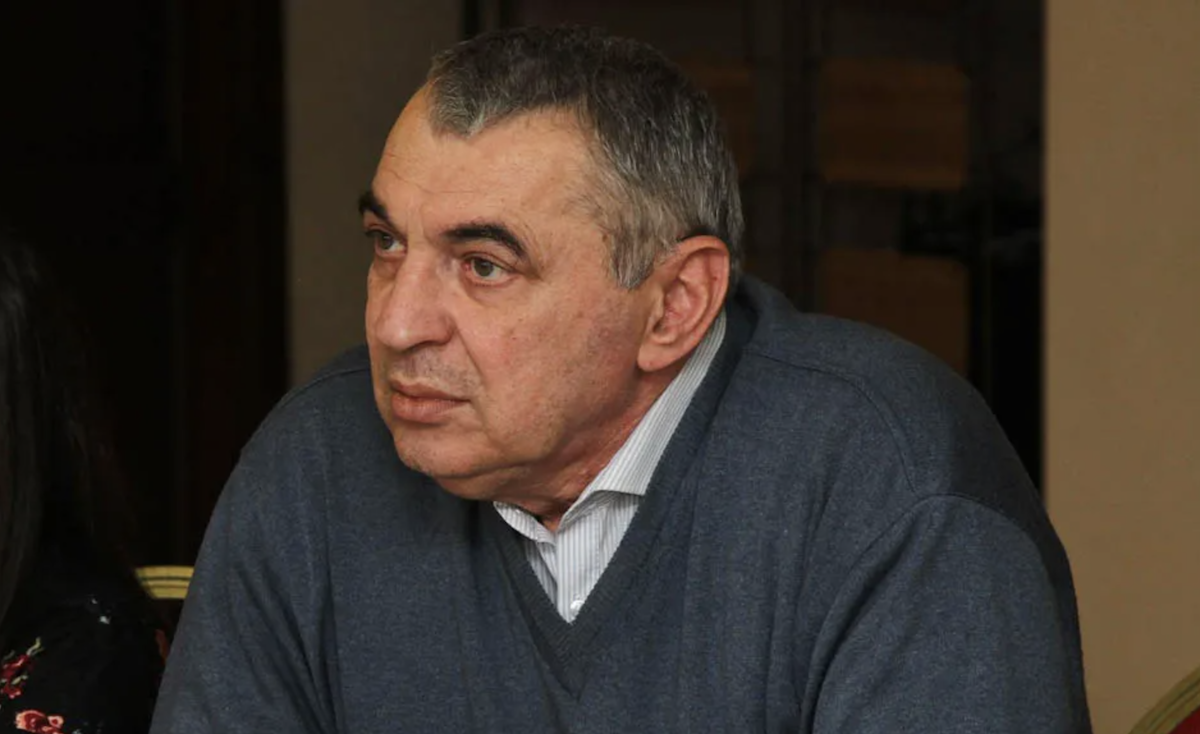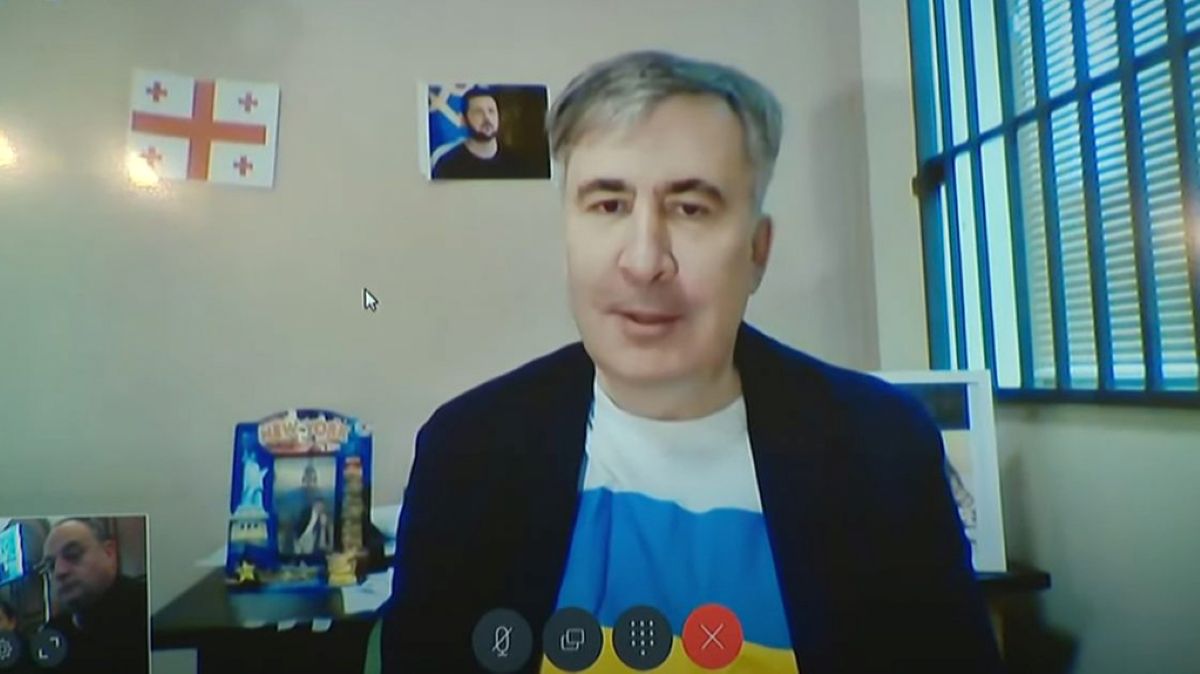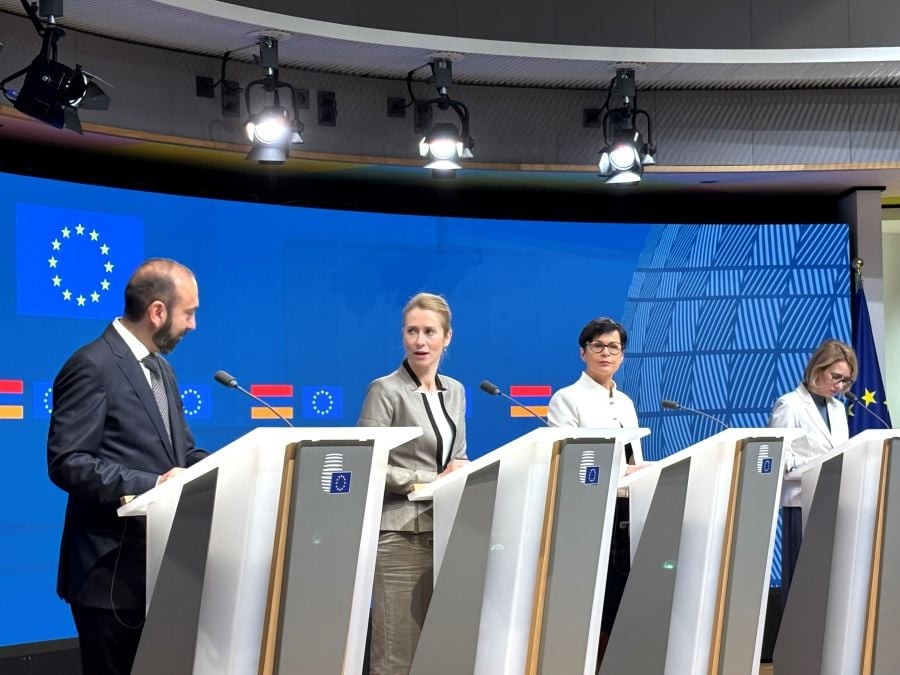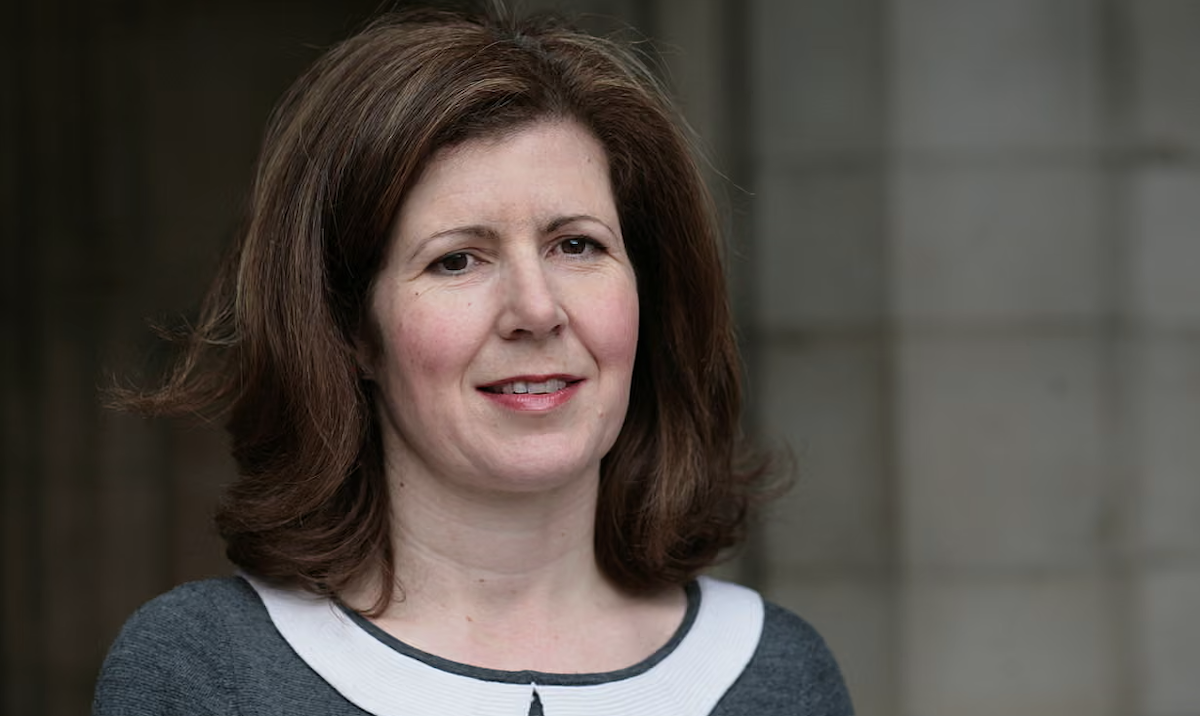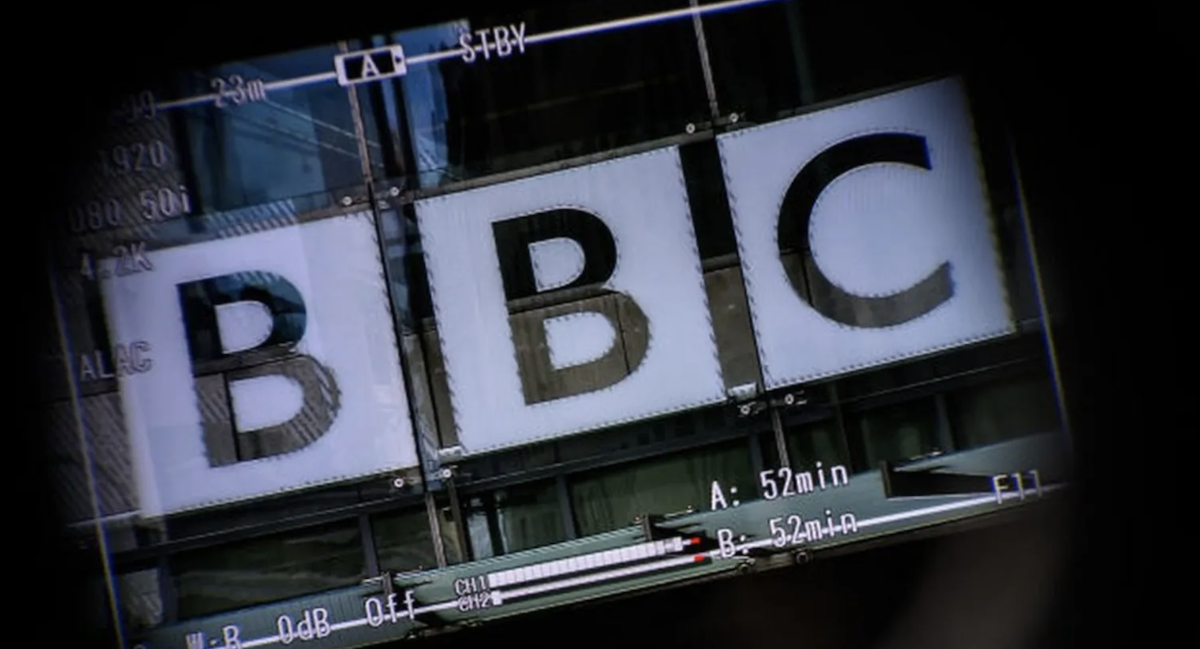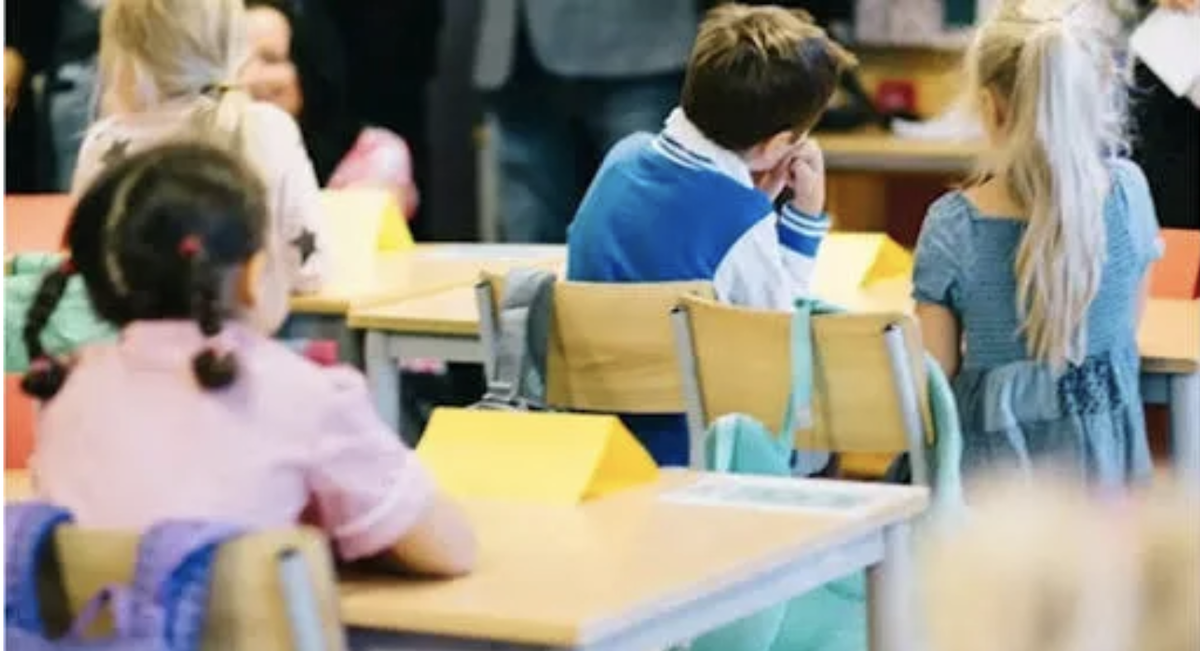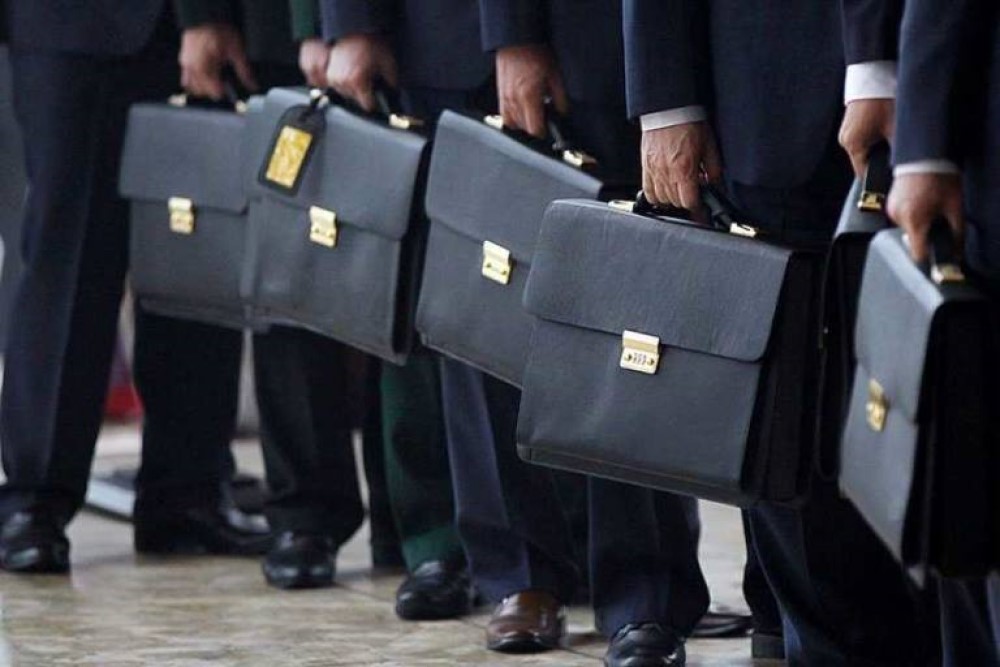How children with cancer are treated in Armenia. Spoiler: 75 out of 100 recover
Children with cancer in Armenia
About 100 cases of cancer in children are registered annually in Armenia, which is the global average. Seventy-five of these children make a full recovery.
About two doctors and their daily work, the availability of treatment, as well as sick children and their dreams.
- Armenians prefer not to talk about child sexual abuse
- Camel blanket and home circus – how Abkhazians are experiencing “dark times”
- “Talking about opening Russian schools in Armenia is a form of pressure.” Opinion
Everything for the One Percent
The Center for Pediatric Oncology and Hematology in Armenia, with its multi-colored walls and images of cartoon characters on the doors, looks more like a kindergarten than a hospital. But this, sadly, is where parents often find out that their child has been diagnosed with cancer.
When Dr. Lilit Sargsyan returns from her rounds, a young couple with a lively baby in glasses is waiting for her at the door. As soon as they enter the office the doctor first turns to the girl, asking how she feels. Here it is customary to communicate with the patient, regardless of age. Then the doctor gets acquainted with test results. It takes a few minutes, but it seems to parents a century.
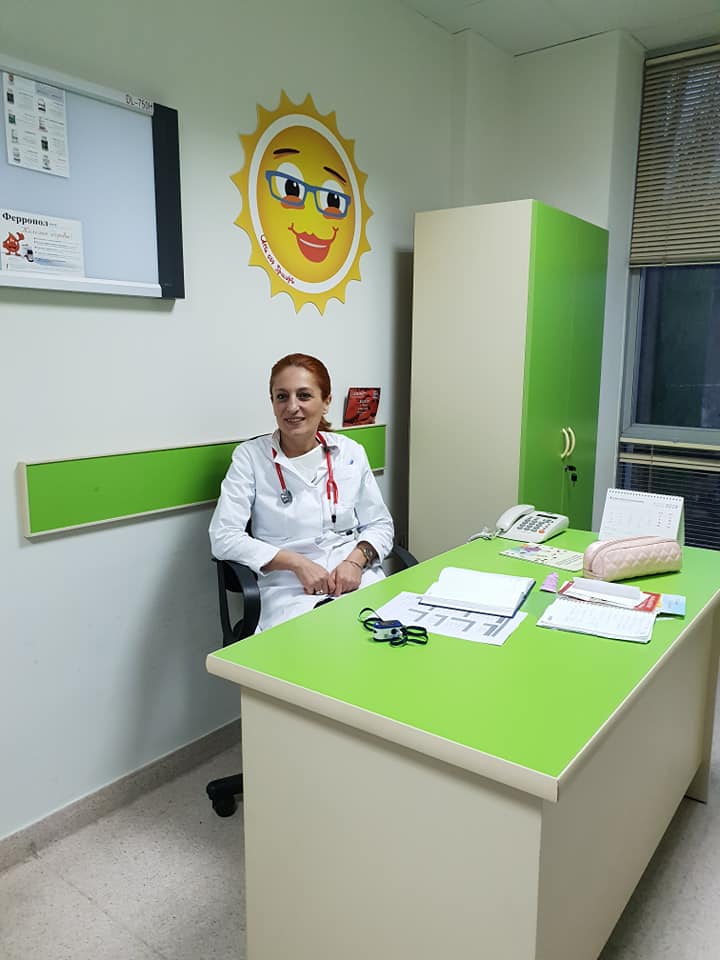
“We can rule out neoplasm. Don’t worry,” the doctor says, and the girl’s petrified parents seem to come to life.
However, the pediatric oncology department does not always enjoy encouraging prognoses.
“It is important to understand that cancer, especially childhood cancer, is not a death sentence. In Armenia the recovery rate is 75 out of 100 children. This means that in the next five years we do not observe a relapse of the disease. Unfortunately we lose 25 children a year, and these are not just numbers for us. We are working day and night to improve this number by at least one percent, because we are talking about the lives of children,” Dr Sargsyan says.
According to her, a 75% recovery rate is close to the best in the world. For example, in Germany it is 80-85%. But before 1995 this figure was 1-2% in Armenia. Then international treatment protocols were already adopted which made a dramatic increase in recovery rates feasible.
The doctor says that there are types of childhood oncology in which the recovery rate is as much as 95%, such as Hodgkin’s lymphoma, but there are also types that are almost not treated.
“It should be remembered that cancer remains an incurable disease. The main reason for this is late diagnosis. With early diagnosis, the chances of recovery are extremely high for people of all ages, but especially for children. In the case of a disease diagnosed at the first or second stage, the probability of recovery is 70%, while in the metastatic stage 5-7%. In other words, the effectiveness of treatment and the likelihood of recovery are reduced by ten times.”
The reasons why the disease is detected late are different, from insufficient parenting skills to poor performance of primary health care and various systemic problems.
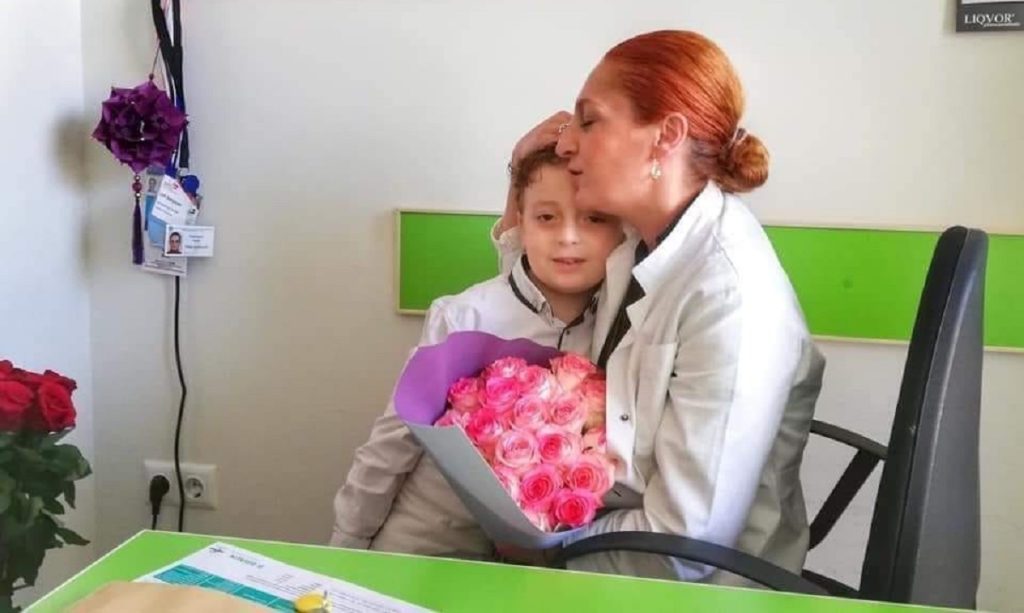
Lilit Sargsyan says that childhood cancer is always unexpected. While in adults chronic changes can occur within 10-15 years that will lead to cancer, in children the causes of oncological diseases are still unknown:
“No one in the world can say how it happens that a completely healthy child is suddenly diagnosed with cancer. This is what complicates the treatment of children. This is also the reason why we don’t talk about childhood cancer prevention, because it’s actually impossible. It is only necessary to consult a doctor immediately if any symptoms appear.
Cancer in children in Armenia
“Your child has cancer”
Lilit Sargsyan has been treating cancer patients for twenty years, but it’s still hard for her to tell parents: “Your child has cancer.”
“This is a shock for all parents. In the first hours, even days, many cannot understand what this means and ask questions: “Will they be able to get married, will they have children, will their hair fall out?” While the main thing at this moment is to save the life of the child.
These questions are often asked by parents of girls. In their case, cancer becomes something of a stigma for the child, the family and the whole family. It is difficult for girls who have beaten cancer, but with a leg amputated in a remote village,” she says.
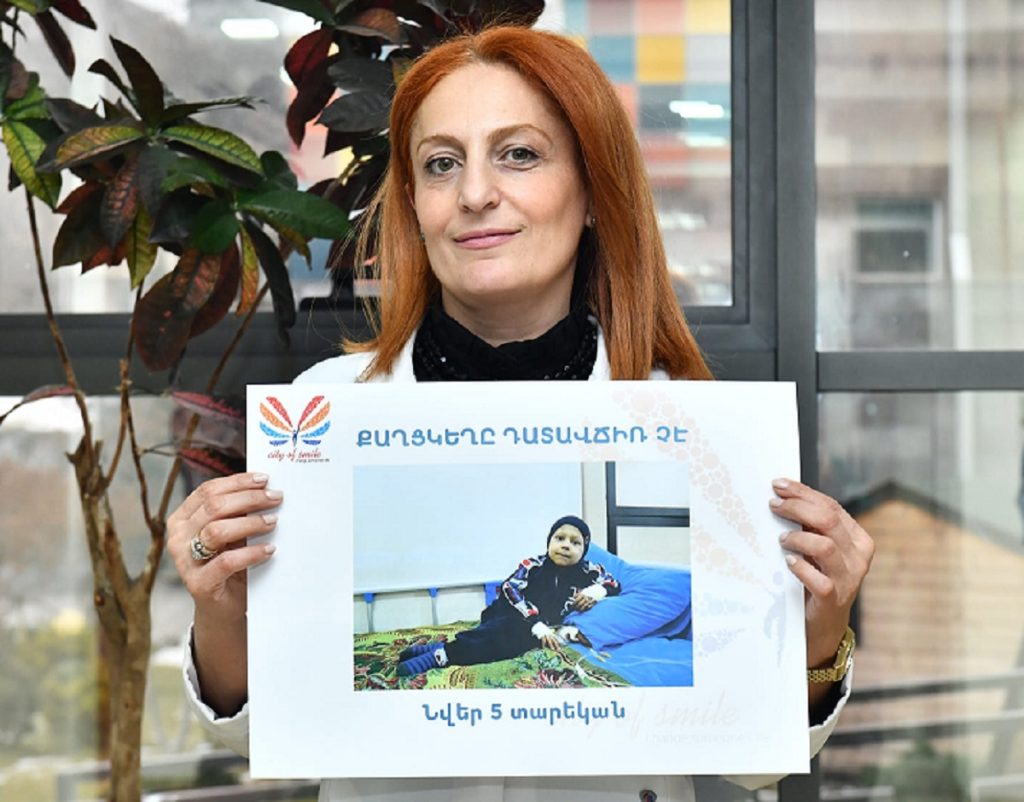
After some time, of course, parents adjust and realize they must do what they can. And science has found answers to their concerns. In adolescent boys, as elsewhere in the world, semen is conserved before treatment to avoid possible problems in the future.
Myths about cancer
Lilit Sargsyan says “studies” which suggest that Armenians are more likely to get cancer are not scientifically based. Cancer rates in Armenia are the same as in many other countries.
“Another question is that residents of different countries and nationalities are prone to different types of neoplasms. For example, Europeans with light eyes and skin that are deficient in the pigment melanin are more prone to melanoma. The Chinese, due to the peculiarities of their national cuisine, are more likely to find stomach cancer. And Armenians who smoke a lot are more likely to be diagnosed with lung cancer.”
The doctor explains the increase in the number of cancer patients with the improvement of diagnostic methods:
“In addition, the increase in cancer rates in children is due to the fact that in the recent past, most of the studies and treatment were inaccessible to many. If a family had five children and one cow, unfortunately, people would forego treatment one child in order to be able to support four. Afew years ago the number of people refusing treatment was very high; today it is zero.”
Follow us – Twitter | Facebook | Instagram
Free treatment saves lives
Lilit Sargsyan says there are still some stereotypes about the treatment of childhood oncology. One of them is that salvation is possible only abroad.
“This is a stereotype of the early post-Soviet period, when a number of studies were not conducted in Armenia, most of the medicines were not available both physically and financially. All expenses for treatment were paid by the parents of the child themselves. Given the social status of the average family, cancer in Armenia was incurable. And the family would decide to seek treatment abroad, where there were more chances to receive free medical care,” the doctor says.
But four years ago all services in the Hematology Center and create a Center for Pediatric Oncology and Hematology were joined. Here, children are treated completely free of charge.
“There are two departments in the center: pediatric hematology and oncology, palliative care. In addition, we [doctors] founded the City of Smiles charity foundation, which covers all expenses during the treatment, from the most expensive examinations and medicines to food. And for parents in the center, everything is done so they do not have to worry about their children.
Cancer treatment is not possible only via public funding. It’s too expensive. Even the most developed countries resort to the support of various charitable foundations in this matter. I can say that our foundation in Armenia is working very effectively in this way,” Sargsyan says.
Cancer in children in Armenia
Live without pain
A man paces nervously from corner to corner at the entrance to the palliative care unit. In the opposite room is his son Areg. A small nurse holds a baby in her arms.
The three of them go for a walk — Areg, his father and a young nurse. Areg is the eleventh child born in this department. He has been treated here for a year now. First, a tumor was removed. Then came irremediable complications.
There is always music in his room. The nurse says they turn it on to create a pleasant atmosphere for Areg.
The first pediatric palliative care unit in Armenia was established just a year ago. It is intended only for those children with cancer who can no longer be cured. The only thing doctors can do for them now is to ease the pain as much as possible.
There are only five rooms in the department. Anush Sargsyan, head of the pediatric palliative care department, says they were never busy at the same time.
“Only once in the department were there four children at the same time. Parents prefer their children to spend their days at home. They appear in the department only in extremely severe cases, when there is oxygen dependence, disorders of consciousness or the need to relieve pain.”
Pediatrician Anush Sargsyan remembers the names of all patients since the opening of the department. He says that the work is very difficult from a psychological point of view, but the thought that one can ease the pain of a child gives him strength:
“I have worked with children with cerebral palsy for many years. Fifteen years ago there was an opportunity to work with the sisters of mercy of Mother Teresa as a children’s rehabilitation specialist. Then Polish specialists came to us who provided palliative care services. And I realized how important it is for people to live their last days with dignity and without pain, and how important it is to be able to organize all this.”
The Pediatric Palliative Care Department is the only one in Armenia where parents can always be near their child. All conditions have been created for this; each of the large spacious wards is designed for only one child and his family. All guests are welcome here — people and even animals that children want to see. The department also has a playroom for brothers and sisters or friends of little patients.
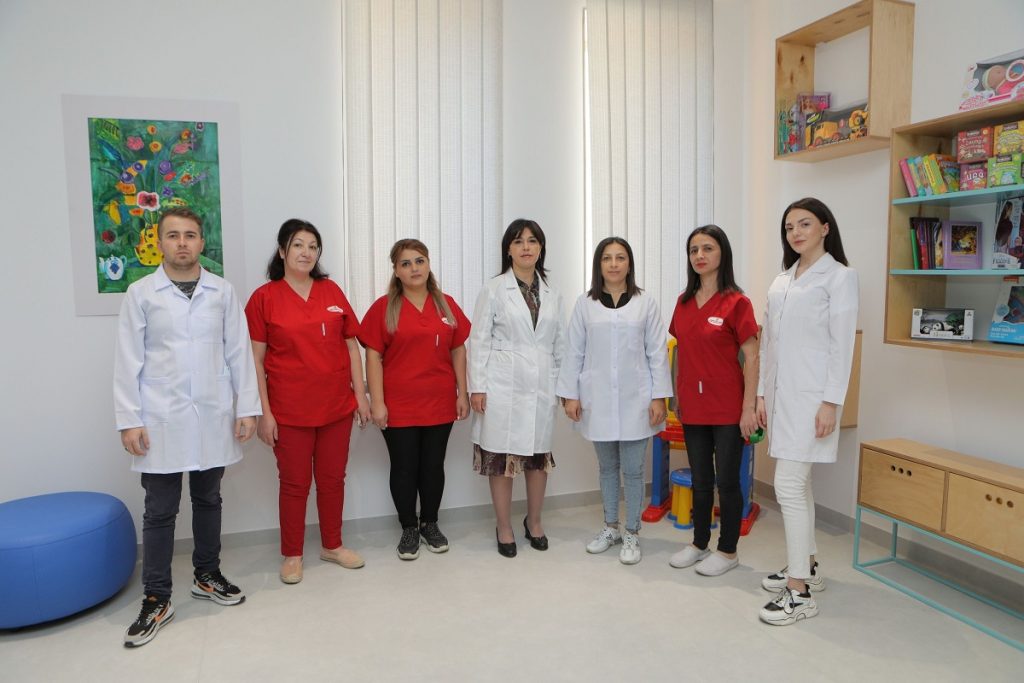
The psychologist of the department works daily with children, parents and medical staff. At the request of patients and their parents, priests are also invited. Somehow they even organized a rite of baptism here. Doctors say that everything is being done to bring joy to children and reassure their parents.
Cancer in children in Armenia
Dreams come true
Doctors say their little patients never stop dreaming. One dreams of seeing his classmates again, the other dreams of world fame.
“Nellie, who appeared in our department, dreamed of becoming a star on TikTok. And through the City of Smiles Foundation, we made her dream come true. We wrote about Nelli on social networks, and from the next day the most famous bloggers began to visit her. A few days later, the number of Nelli’s subscribers exceeded tens of thousands,” Anush Sargsyan says.
On New Year’s Eve, when they were deciding where to put the Christmas tree, Nelli asked for it to be in front of her room so the tree could be seen from her bed.
Lilit Sargsyan hopes that cancer will soon become a curable disease:
“My hope is not unfounded. Oncology is a rapidly developing field. If not every day, then certainly every month we learn about some new drug for the treatment of cancer. Now the emphasis is on targeted treatment, when the target is not the human body as a whole, but a specific tumor. This makes the treatment more effective.”
In the palliative care department, there is yet hope for Areg, who is smiling. And his parents, realizing the seriousness of the situation, still ask from time to time: “Doctor, is a miracle possible?”

Cancer in children in Armenia











